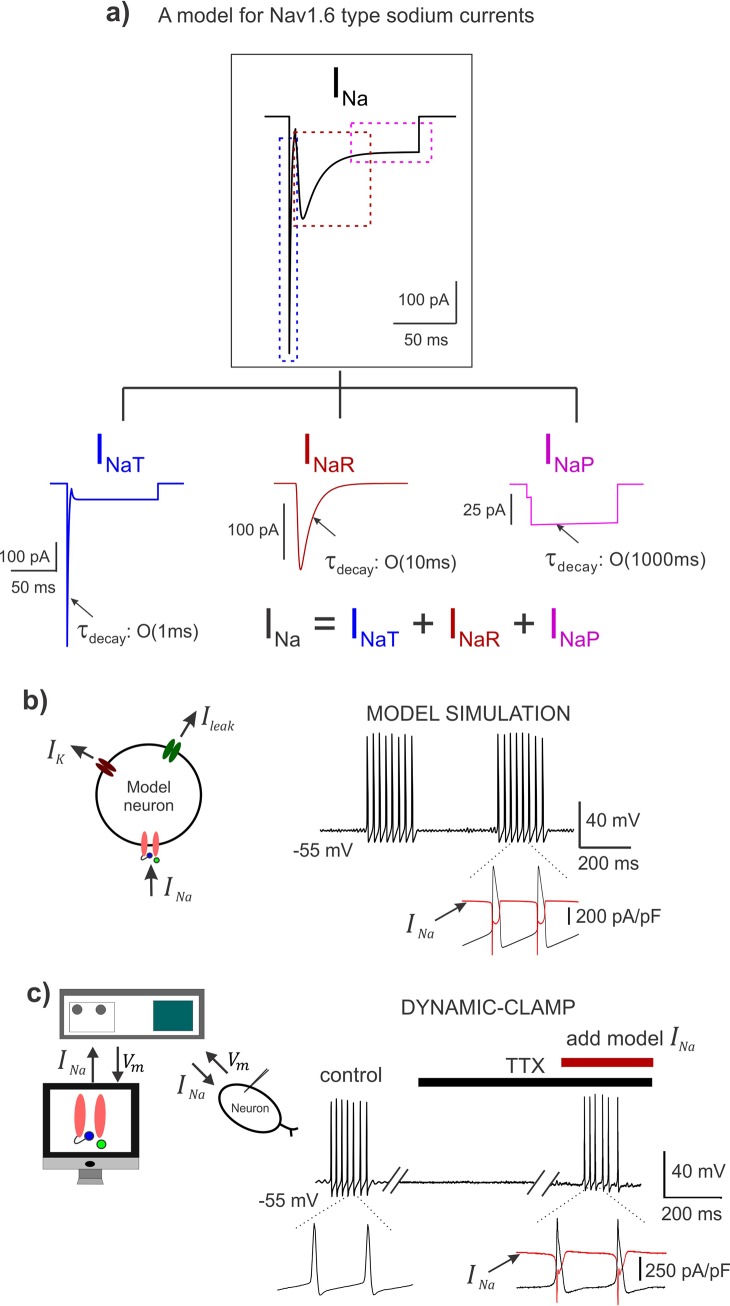Fig 2. A Hodgkin-Huxley model for the Nav1.6 Na+ current with the three components.
a) A simulated trace showing total INa; the tree map shows each of the three components: transient INaT, resurgent INaR, and, persistent INaP; These are also highlighted by the color-matched dashed boxes in the top panel. The τdecay shows the order of magnitude of the decay kinetics of the three components. b) Left: A schematic showing a conductance-based minimal model for a bursting neuron with the INa incorporated; other ionic currents in the model include a delayed-rectifier potassium (IK) and a leak current (Ileak). Right: Model simulation demonstrates rhythmic burst discharge and inset highlights the INa current in the model during action potentials, in red. c) Left: Schematic shows the dynamic-clamp experimental approach; Vm is the membrane potential. Right: Membrane potential recorded from a rhythmically bursting sensory neuron; action potentials were blocked using 1μM TTX, and dynamic-clamp model INa was applied to regenerate spikes; double slanted lines indicate break in time; inset highlights the dynamic-clamp INa in red, during action potentials.

